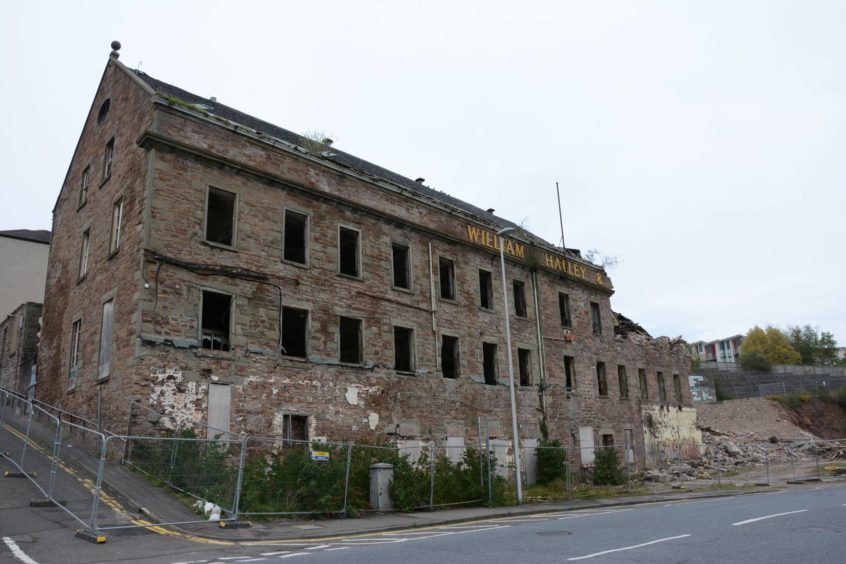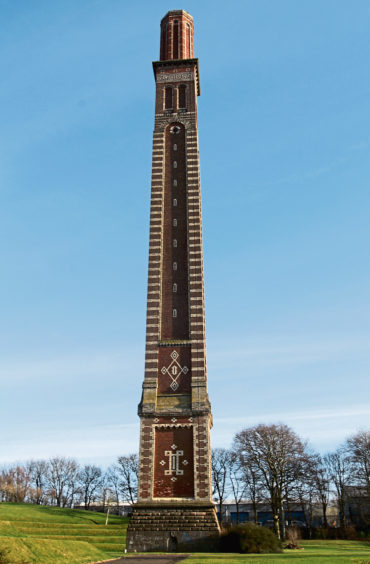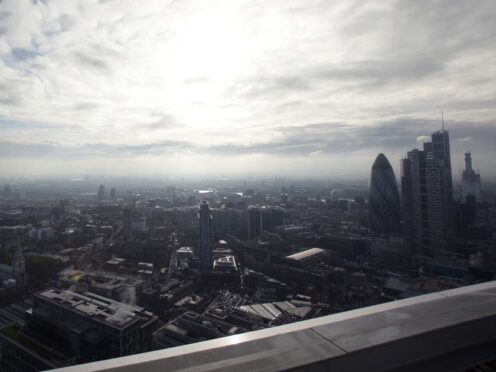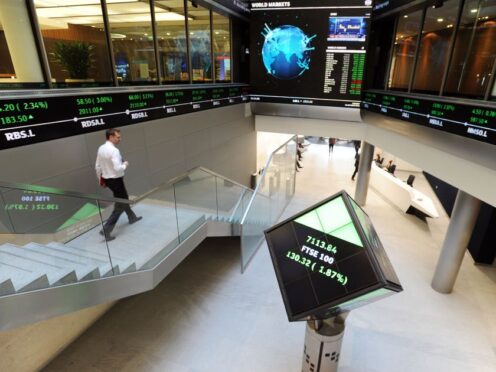The Luddites were motley crews of textile workers who rose up in opposition to the mechanisation of the mills during the UK industrial revolution.
Their sabotage was motivated by a fear they would soon be replaced by machines and their livelihoods lost.
Rawfolds was the scene of one of the great conflagrations of the Luddite Rebellion when, in 1811, around 150 armed men descended upon the newly modernised Cartwright’s Mill.
The mob were eventually repelled but only after great injury and bloodshed.
The Luddites, supposedly named after worker Ned Lud, were variously portrayed as working class heroes and backwards-thinking vandals.
But what the movement did not do was stop progress or the incredible growth of the textiles industry in the UK.
Just a few short years later, William Halley & Sons Limited was born.
It was the early days of what would become Dundee’s all-consuming jute trade and Halley’s flourished.
The company – founded in the same year as jute giant Caird (Dundee) began operating – was based within the Wallace Craigie Works on Blackscroft.
It became a hive of activity with, at its height, more than 130 looms and 3,000 spindles clattering away.
But with the demise of jute came leaner times.
Merchanting and a move into polypropylene manufacture kept the wolves from the door but, in 2002, Wallace Craigie Works eventually fell silent after an unbroken run of more than 150 years.
The new owners brought forward an ambitious £8 million redevelopment plan for the category-B listed factory.
While modest demolition works were envisaged, the plan was to retain the historic facade and create impressive new townhouses with panoramic views of the Tay and further residential units within the 2.6 acre grounds.
It was a chance to retain and re-use a handsome building.
But the scheme never came to pass and neither did other subsequent, consented, residential development plans.
All the while the site – a serial target for vandalism and, without windows and doors, stripped of all of its defences aganst the elements – slowly rotted.
In the circumstances, the sight of bulldozers ripping the structure apart at the weekend was, perhaps, as inevitable as it was sudden.
But that didn’t make it any less gut-wrenching or hideous to someone with a genuine interest in Scotland’s industrial heritage.
Ironically, in expressing my ire at the demolition, I was accused of being a modern day Luddite who was stubbornly holding on to the past and was afraid of change.
That was never the case.
Rather than being unceremoniously reduced to a pile of rubble, I simply believed there had to be a better outcome for a building which served Dundee well for generations.
I also suspect if another legacy of the jute-era – the incomparable Cox’s Stack – was ever the focus of demolition crews then the Luddite in me and many others may well come to the fore.
What the Wallace Craigie Works saga does demonstrate is the need for balance in modern town planning.
We must allow and facilitate progress while respecting the icons of the past which helped build our nation into what it is today.












